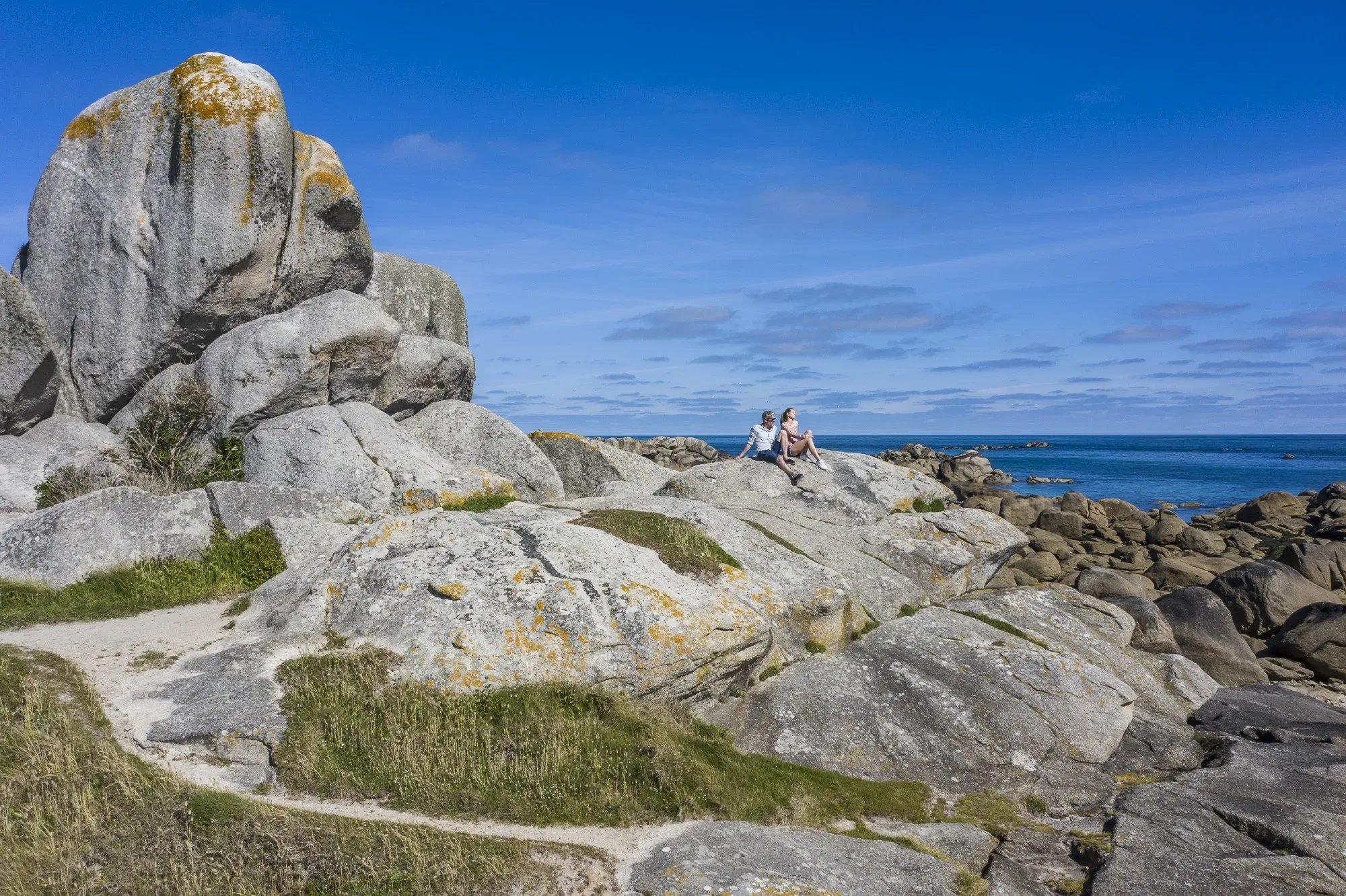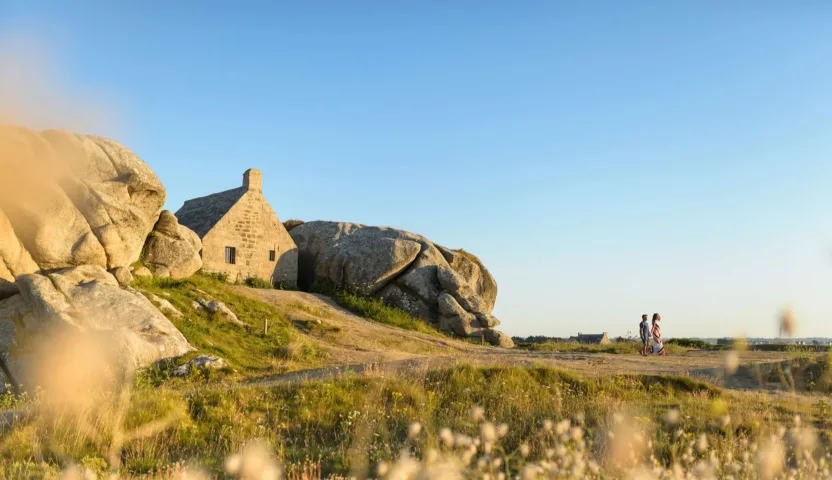Spotlight on the Cairn de Barnenez in Brittany, a must-see during your stay in an open-air hotel at Breizh Légendes in North Finistère.
Monumental witness to an ancient past
The Grand Cairn de Barnenez is a remarkable megalithic site located in Plouézoc'h, on the Kerneléhen peninsula. A funerary monument erected in the Neolithic period, it is situated on a high point: a recurrent choice of location for structures of this type, such as prehistoric burials. The Cairn de Barnenez has all the characteristics of megalithic constructions dating from the beginning of sedentarization, particularly in terms of its dimensions: the trend then was towards gigantism, as evidenced by the immense standing menhirs dotting the Armorican coastline. Originally, the Barnenez cairn adjoined a second, smaller monument, which was unfortunately destroyed during the construction of the Térenez tourist road. The cairn, also damaged during this work, was restored in the 1960s. Today, it consists of a stone monument 70 metres long, 25 metres wide and 8 metres high at its highest point.
A complex structure
Like the Egyptian pyramids, the Barnenez cairn funerary monument is characterized by its complex architecture and internal structure. The complex houses several dolmenic burial chambers served by corridors, as well asa central chamber preceded byan antechamber. Two burial chambers stand out from the others for their ornamentation: engravings depicting axes, bows, tools and various signs. Archaeological and architectural studies have shown that the construction of the cairn was a feat of strength, given the sloping terrain. The solidity of the whole is ensured by numerous buttresses. The cairn is actually made up of two funerary monuments, one primary, the other secondary, built in two stages. The ensemble comprises 11 dolmens: 6 in the first cairn, 5 in the second. The openings of the dolmen chambers are visible from the outside. This funerary monument is considered to be the ancestor of covered walkways, with which architectural similarities can already be discerned, notably in the use of large granite slabs to form the corridors.
A collective burial ground, the Barnenez cairn seems to have been reserved for an elite. Its gigantic dimensions imply the use of a large workforce. Its gigantic stone slabs come from an extraction site around 1 km from the burial monument. These are precious clues to the social organization of the first sedentary humans between 4500 and 3500 BC. If you're looking for megaliths (menhir, dolmen), you'll find an incredible assemblage of standing stones, under which bone fragments were found during the first archaeological digs.















